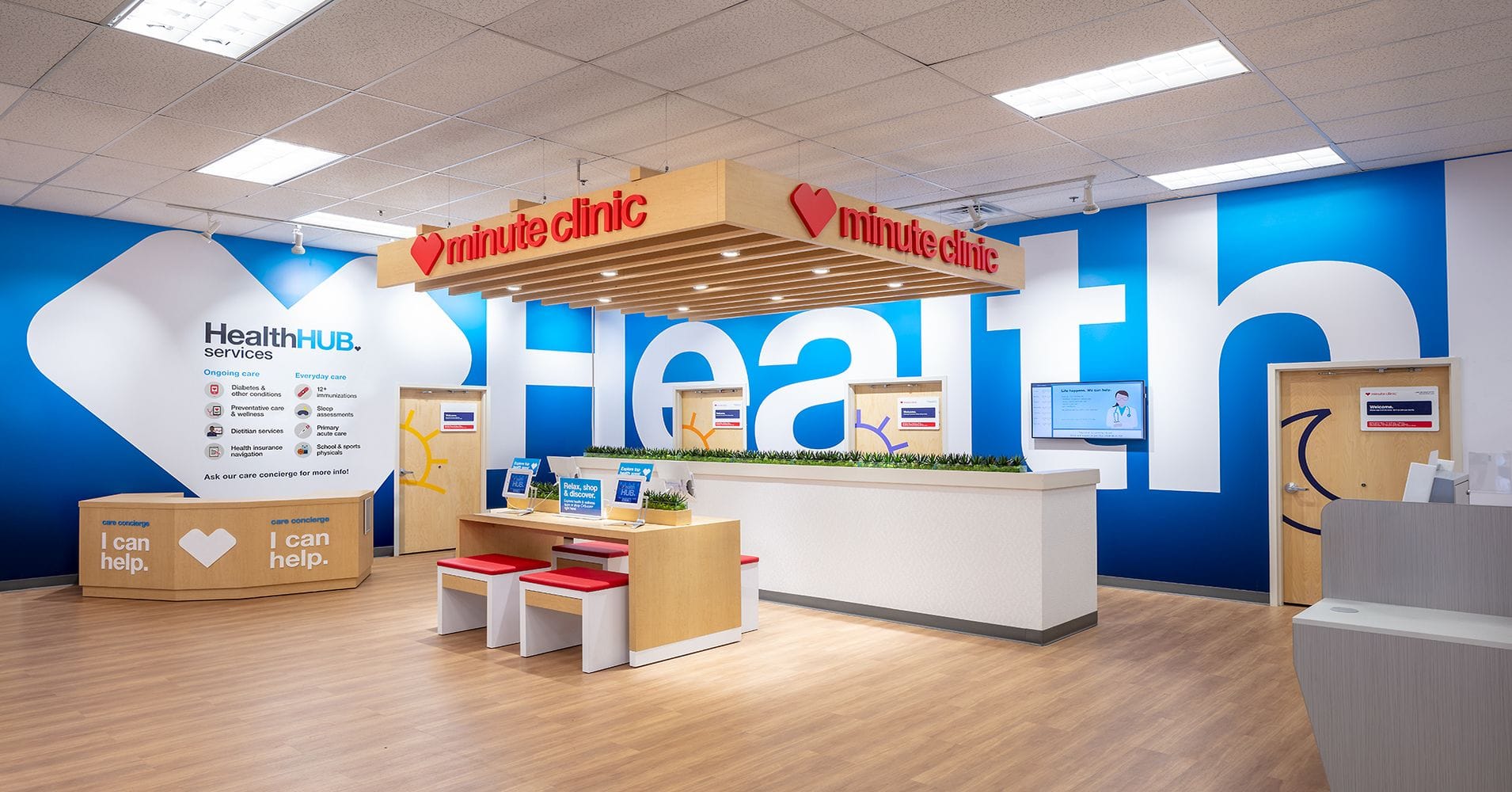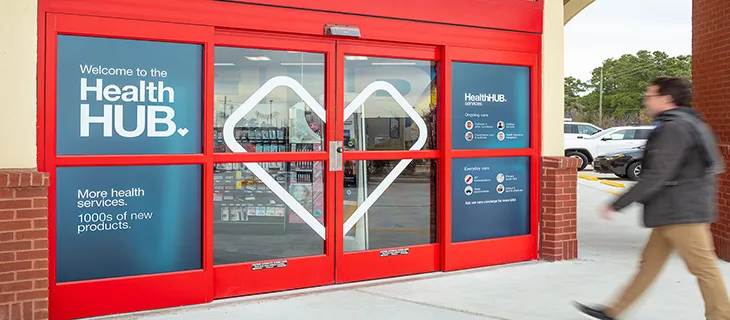
Long anticipated and much discussed, a new era in community pharmacy is finally unfolding. Spearheaded by a small group of visionaries, traditional brick-and-mortar pharmacies have started to evolve into community-based health care centers, even as e-commerce companies try to shift the profession’s primary point of contact with patients from the physical to the digital realm. Companies are working to transform pharmacy against a backdrop of a health care system plagued by persistent problems of access, quality and cost, and an existing business model strained by the increasing commodification of prescription medications.
CVS Health and Walmart have provided the most striking manifestations to date of the ongoing transformation, with their HealthHUB and Walmart Health concepts. At the same time, the speculative frenzy surrounding Amazon’s every move toward carving out a more prominent niche in pharmacy offers further proof of widespread interest in the changes taking place in the industry.
Walmart has responded to the challenge with an experimental format designed to apply the basic strategy behind its dominance in the CPG sector — generate high volume to ensure low prices — to health care. Housed in a 10,000-square-foot addition adjacent to the pharmacy department in a Supercenter in Dallas, Ga., the first Walmart Health outlet offers annual physical exams for as little as $20. Low prices are the norm for other services, which, in addition to primary care, include lab tests, dentistry, vision and hearing care, counseling, and health and wellness education.
Not surprisingly, customers have responded enthusiastically to the initial Walmart Health center (a second outlet is scheduled to open early next year in Calhoun, Ga.). Easily accessible, affordable care is sure to resonate with consumers, especially in areas where there is a shortage of primary care doctors. The test that Walmart faces is to demonstrate that high-volume, low-cost care is economically sustainable and can be implemented without adversely affecting quality.
Meanwhile, indications that Amazon intends to stake a bigger claim in the prescription drug market continue to accumulate. The company last month made a subtle but significant alteration in the branding of PillPack, the e-commerce pharmacy provider that it purchased in June 2018. Known for innovative prescription packaging designed to help patients stay adherent, the internet pharmacy had, since the acquisition, billed itself as PillPack, an Amazon Company; now it is known as PillPack by Amazon Pharmacy. The change — together with the reported appointment of TJ Parker, PillPack’s CEO, as a vice president at Amazon, and ongoing promotions calling the pharmacy service to the attention of Amazon Prime members — is further evidence that the company intends to become a force in health care.
Like Walmart, Amazon understands the need for innovation in the sector, sees the resultant business opportunities, and has vast resources at its disposal. Odds are that if the companies maintain a long-term commitment to health care, and are willing to endure the process of trial and error that inevitably accompanies the development of new delivery models, they will secure a substantial role in the market.
That said, the early leader in the race to reimagine the way Americans access and receive care is CVS Health. As the special section about the company that begins on page 27 of this issue shows, the company has assembled an array of assets that puts it in a strong position to meet the needs of the emerging retail health consumer.
Staffed by pharmacists, nurse practitioners and, in a new role, health concierges, CVS HealthHUBs offer much broader range of products and services than a traditional drug store. The nurse practitioners can provide almost 80% of the primary care available from a physician, and do so in a setting designed for ease and efficiency. The format quickly struck a chord with consumers in greater Houston, where it was tested, and it is currently being rolled out in additional markets; 1,500 HealthHUBs are scheduled to be in operation by the close of 2021.
The community-based care available at the HealthHUBs and CVS Pharmacy outlets is supplemented by the company’s robust pharmacy management business and, since November 2018, Aetna, an insurer that administers health benefits for some 38 million patients. Those capabilities enable CVS Health to reach across the continuum of care, which should lead to better patient outcomes and lower total costs.
CVS may be out front in the competition to remake health care in America, but many other companies are also trying their hand at the task. In the end, several models could prove viable. What CVS, Walmart, Amazon and anyone else with aspirations in the sector need to realize is that the process will be a marathon, not a sprint.









